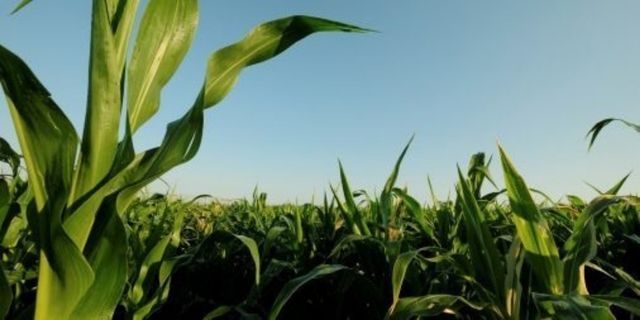10
Aug
Cover Cropping Techniques Increase Organic Farm Sustainability

(Beyond Pesticides, August 10, 2022) Cover crops added in-between rows of organic corn while they are still growing can provide a range of benefits that improve a farm’s sustainability and lowers its impact on the surrounding environment, according to a study published in Agronomy Journal by scientists at Pennsylvania State University. “The use of cover crops in organic grain systems has many potential benefits,” says study coauthor Sarah Isbell, PhD. “These include improvements in soil quality, increased nutrient retention, prevention of erosion, and suppression of weeds. In organic systems where synthetic inputs are not used, cover crops can be managed to reduce nitrate leaching through soils and supply nitrogen to cash crops.” As demand for organic products continues to increase, and more and more farmers are embracing the organic mantra of “continuous improvement,” research like the present study is critical to the development of new efficiencies and ecologically sustainable practices.
Scientists set out to understand the best method for planting cover crops under organic corn grown for grain or silage (fed to cattle and other animals). Determining a planting time for corn cover crops is difficult because corn is often harvested late in the fall, leaving little time for a cover crop to establish itself before the winter.
To better understand the most effective cover cropping approach, silage, and grain corn were grown under three different methods – without any cover crop, with a cereal rye cover crop planted after corn harvest, and a ryegrass cover crop interseeded between the corn. While the grain plot received typical applications of nitrogen, the silage corn plot was provided a high nitrogen treatment to mimic what would occur if fertilizer was overapplied and thus risked environmental contamination. To gauge the impact of these treatments, scientists looked at the levels of inorganic nitrogen that remained in the soil as well as the soil microbial biomass.
In organic systems, organic forms of nitrogen are converted into plant-available inorganic nitrogen from the action of soil microbes. This contrasts with a chemical farming approach, which applies synthetic forms of industrially manufactured nitrogen produced using fossil fuels. In terms of soil inorganic nitrogen, results show that levels are higher in all fallow, non-cover cropped fields. Both interseeded and post harvest treatments have more than threefold lower levels of inorganic nitrogen, with the interseeded crop having the lowest of all. This indicates that the cover crop is taking up whatever excess nitrogen is left after the corn is produced.
Regarding soil microbial biomass, researchers do not find immediate changes in December after the interseeded cover crop is established, but do find more microbial activity by June. “We found that, in the spring, the interseeded treatments with a high nitrogen application level had higher microbial biomass than other treatments,” Dr. Isbell says, noting that, “It may take several years of cover crop treatments to change the microbial ecosystem.”
In sum, the study provides an endorsement for an approach that could save farmers time and increase the environmental profile of a system that is already embracing ecologically responsible practices. Of critical importance to many farmers, no yield reductions are seen under any cover crop planting system. As Dr. Isbell explains, “Incorporating cover crops into cropping systems in innovative ways, such as interseeding, provides a great opportunity to implement productive farming systems and decrease nutrient pollution.”
Organizations like Rodale Institute, which maintains a long-running farming systems trial, show that organic production systems can boost soil health, crop yield, increase energy efficiency, use less carbon, reduce water contamination, and increase nutrient density of crops when compared to chemical-intensive practices. Enhancing crop diversity results in enhanced productivity, and reduces the need for toxic pesticides by lowering the pest pressure on a cash crop. Oddly it is this approach, enshrined in ecological theory since the 1940s that is viewed as innovative, and even controversial in the 21st century. Rather than time tested methods that embrace natural processes, agriculture in the United States is considered “conventional” when it employs synthetic chemicals, genetic engineering, and monoculture farmland devoid of any biomass but the cash crop.
It is critical that organic embrace innovative methods and continue along its path of continuous improvement in order to maintain and expand the myriad of benefits it provides. Join Beyond Pesticides today in telling the U.S. Department of Agriculture to support organic, not undermine it’s credibility and integrity.
All unattributed positions and opinions in this piece are those of Beyond Pesticides.
Source: Crop Science Society of America, Agronomy Journal










